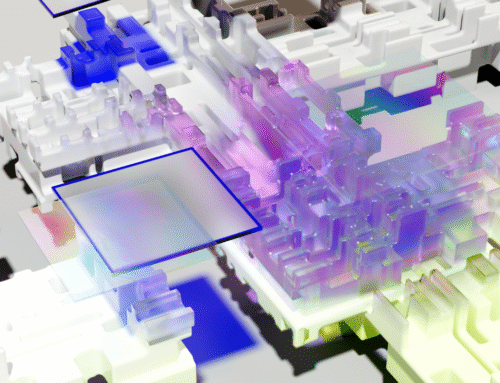As we enter 2025, it’s time to prioritise the security of your organisation’s most critical IT asset—Active Directory (AD). Serving as the backbone of authentication, access control, and resource management, AD is essential for operational continuity and a prime target for cybercriminals. Strengthening AD security now is not just a technical necessity but a strategic move to safeguard your business in the year ahead.
Microsoft reports that 95 million AD accounts globally are targeted daily by cyberattacks. A 2023 study further reveals that over 80% of organisations have fallen victim to attacks targeting their AD infrastructure. These alarming statistics underscore the growing threats to AD environments and the pressing need for robust security measures.
Why Active Directory Security Matters
In today’s dynamic threat landscape, securing AD requires a proactive approach that evolves with emerging risks like those driven by generative AI. A strong AD security strategy mitigates risks, enhances user experiences with seamless access, and supports secure growth. It is an ongoing process vital to safeguarding daily operations and ensuring long-term stability.
Common Threats and Security Gaps in Active Directory
Despite the implementation of security practices, AD environments often harbour vulnerabilities that attackers can exploit. Common threats include:
- Excessive Privileges: Over-permissioned accounts increase risks, enabling attackers to gain elevated access and move laterally within networks.
- Weak Authentication Controls: Outdated passwords and a lack of multi-factor authentication (MFA) leave systems exposed to automated attacks.
- Stale Accounts: Dormant accounts, if not properly managed, can provide unauthorised access points.
- Misconfigured GPOs: Poorly configured Group Policy Objects create opportunities for attackers to escalate privileges.
- Identity-Based Attacks: Techniques like phishing and credential stuffing allow attackers to impersonate legitimate users and access sensitive resources.
Enhancing Your Active Directory Security
Active Directory security encompasses a comprehensive suite of tools, policies, and practices designed to protect AD environments from cyber threats. Centralised management of permissions, access, and monitoring empowers IT teams to detect threats, prevent breaches, and ensure compliance.
To fortify your AD environment, key strategies can include:
- Adopt Zero Trust Principles: Embrace a “never trust, always verify” mindset to validate all users and devices before granting access, reducing the risk of unauthorised access.
- Strengthen Authentication: Implement MFA to add a critical layer of defence and mitigate the risk of compromised accounts.
- Layer Security Measures: Apply a defence-in-depth strategy with firewalls, intrusion detection systems, and account lockout policies.
- Enhance Access Controls: Limit access to sensitive resources through granular permissions based on the principle of least privilege.
- Utilise Real-Time Monitoring: Continuous monitoring and anomaly detection help identify suspicious activity early, allowing for swift response.
- Streamline User Experience: Features like Single Sign-On (SSO) enhance usability while reducing risks associated with password fatigue and phishing.
Secure the Future of Your Business
Your Active Directory is the cornerstone of your organisation’s security and operations. Prioritising AD security this year is not just about preventing attacks—it’s about driving efficiency, ensuring compliance, and building trust among stakeholders.
Unsure where to begin? Why not start with an Active Directory Security Assessment. Our tailored evaluation identifies vulnerabilities, optimises configurations, and delivers actionable recommendations aligned with your business objectives.





